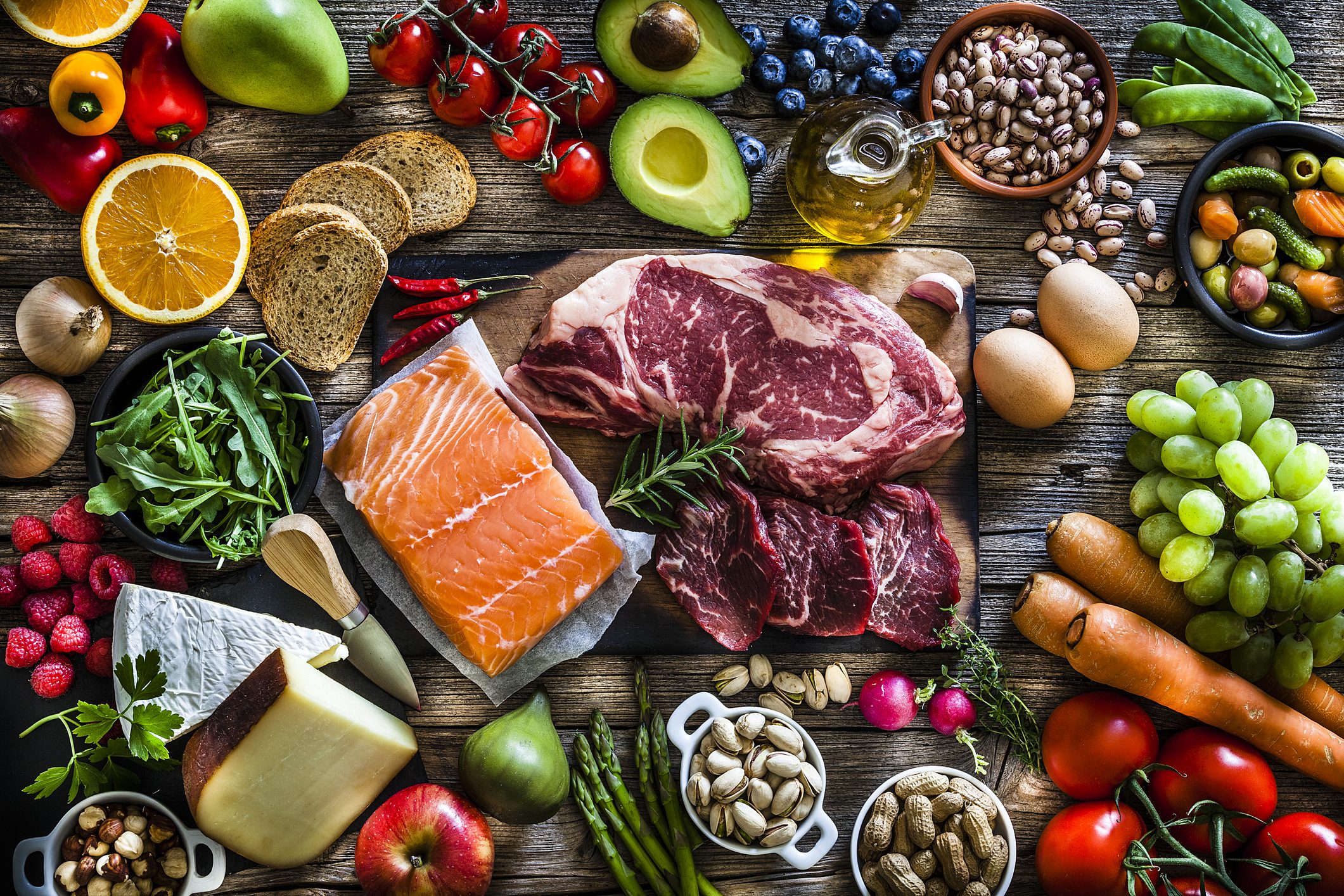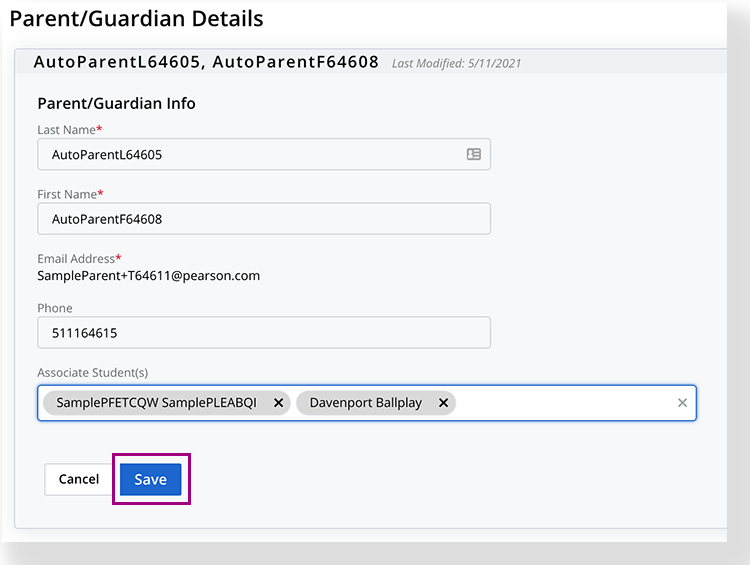How to Fix Over Salted Food: Complete Guide to Removing Excess Salt
Understand salt and its impact on food
Salt play a crucial role in cooking, enhance flavors and preserve food. Nonetheless, add excessively much salt can rapidly transform a delicious meal into an inedible disaster. Understand how salt interact with different ingredients help you choose the nigh effective rescue method for your specific situation.
When salt dissolves in food, it penetrates ingredients at different rates. Vegetables absorb salt fasting than proteins, while liquids distribute salt more equally than solid foods. This knowledge become essential when select the right technique to fix your complete salt dish.
Immediate actions for over salt liquid dishes
Soups, stews, and sauces respond swell to dilution methods. The night straightforward approach involve add more liquid to reduce salt concentration. Use unsalted broth, water, or appropriate cooking liquids that match your dish’s flavor profile.
For cream base soups, add heavy cream or milk gradually while taste between additions. Tomato base dishes benefit from additional crush tomatoes or tomato sauce. Invariably add liquids slow to avoid create a watery consistency that require further adjustments.
Another effective method involve add starchy ingredients like potatoes, rice, or pasta. These ingredients absorb salt while cook and can be removedafterwards if desired. Cut potatoes into large chunks for easy removal, or leave them in to add substance to your dish.
Balance salt with complementary flavors
Acidity course counteract saltiness, make it one of the well-nigh reliable correction methods. Add small amounts of lemon juice, lime juice, or vinegar to brighten flavors and mask excess salt. Different acids work advantageously with specific dishes wine vinegar complements meat dishes, while citrus juices enhance seafood and vegetable preparations.
Sweetness besides help balance salty flavors. Sugar, honey, maple syrup, or flush dice sweet vegetables like carrots can offset saltiness. Start with small amounts, as add excessively much sweetener create new flavor problems.
Fat provide another balancing element. Butter, cream, olive oil, or coconut milk can mellow harsh salt flavors while add richness. This technique work specially advantageously with spicy dishes where salt intensity compound heat levels.
Fix ended salt meat and protein dishes
Proteins present unique challenges because they absorb salt deep. For whole pieces of meat, try to soak them in cold water for 15 30 minutes. Change the water several times to draw out excess salt. Pat dry good before proceed with cooking or serve.
Ground meat dishes benefit from add fresh, unseasoned meat to dilute saltiness. Mix soundly and adjust other seasonings consequently. Instead, incorporate the ended salt meat into a larger dish like pasta sauce or casserole where additional ingredients help balance flavors.
Fish respond swell to milk soak. Submerge ended salt fish in milk for 20 minutes, so rinse and pat dry. The proteins in milk bind with salt compounds, efficaciously reduce saltiness while maintain the fish’s texture.
Rescue ended salt vegetables and side dishes
Vegetables release salt more promptly than proteins, make them easier to fix. Blanch ended salt vegetables in boiling water for 1 2 minutes draw out excess salt. Instantly transfer to ice water to stop cook, so drain good.
For roasted or sautéed vegetables, try to add fresh, unseasoned vegetables of the same type. This dilution method work substantially with dishes like ratatouille or vegetable medleys where additional ingredients blend seamlessly.
Mashed potatoes and similar dishes respond to dairy additions. Gradually mix in unsalted butter, cream, or milk while mash. The fat content help mask saltiness while improve texture.
Advanced techniques for salt removal
Professional chefs employ several sophisticated methods for salt correction. The bread technique involve place slices of fresh bread in ended salt soup or stew for 10 15 minutes. The bread absorb salt and can be removed before serve. Use dense, day old bread for best results.
Create a flavor paste help redistribute salt in complex dishes. Blend unseasoned versions of your dish’s main ingredients with a small amount of liquid. Gradually incorporate this paste into the o’er salt dish, taste ofttimes to achieve proper balance.
The egg white method work for clear broths and soups. Whisk egg whites until frothy, so tardily stir into simmer liquid. The proteins coagulate and trap salt particles, which can be strain out. This technique require careful temperature control to prevent scrambling.
Prevention strategies and best practices
Prevent over salt require understand salt types and their intensities. Table salt, kosher salt, and sea salt have different crystal sizes and saltiness levels. Constantly taste as you cook, add salt gradually instead than completely at east.
Consider the salt content of other ingredients. Cheese, cured meats, can goods, and condiments contribute significant sodium. Adjust your add salt consequently when incorporate these ingredients.

Source: qatar.desertcart.com
Season in layers throughout cook kinda than add all salt at the beginning. This approach allow better control and prevent over salt as liquids reduce and flavors concentrate.
Specific solutions for common dishes
Pasta dishes benefit from add cook, unsalted pasta to absorb excess salt. Fresh herbs like basil or parsley besides help mask saltiness while add complexity. For rice dishes, mix in fresh cook, unseasoned rice and additional vegetables.

Source: etsy.com
Ended salt salad dressings can be rescue by double the recipe without salt, so combine with the original batch. This efficaciously halve the salt concentration while provide extra dressing for future use.
Baked goods present the greatest challenge since salt is integrated throughout. For items like bread or pizza dough, the best approachinvolvese start ended. Nevertheless, over salt cookies or cakes can sometimes be salvage by serve witunsweetenedne whip cream or ice cream to balance flavors.
When to start ended
Some situations require abandon rescue attempts and start fresh. If salt levels exceed taste preferences importantly, correction methods may compromise the dishes intend character. Exceedingly o’er salt delicate sauces or desserts frequently can not be safe without fundamental changes to their nature.
Consider the time and ingredient investment versus start concluded. Simple dishes with inexpensive ingredients may not justify extensive correction efforts. Nonetheless, complex dishes with expensive components warrant try multiple rescue techniques.
Storage and leftover management
Successfully correct dishes may have different storage requirements than original recipes. Add dairy products reduce shelf life, while dilute dishes may separate during refrigeration. Label correct dishes with preparation notes for future reference.
Transform ended salt leftovers into new dishes where salt levels become appropriate. O’er salt roasted vegetables work swell in frittatas or grain bowls where additional ingredients provide balance. Salty soups can become sauce bases for pasta or rice dishes.
Understand salt correction techniques empowers home cooks to rescue dishes and reduce food waste. Practice these methods with less critical dishes to build confidence before apply them to important meals. Remember that prevention through careful seasoning remain the best strategy, but know how to fix mistakes ensure that over salt ne’er ruin a meal totally.



